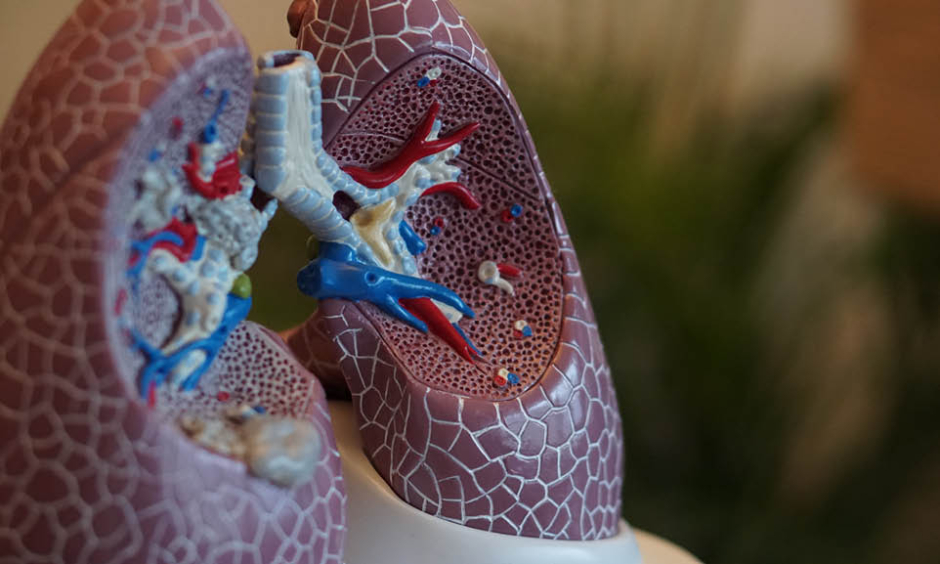INHALABLE nanoparticles have been shown success in animal models to treat lung cancer. The study, carried out by a team supervised by Professor Dawen Zhao of the Wake Forest of Medicine, North Carolina, USA, used a mouse model of metastatic lung cancer to test their nanoparticle-immunotherapy, used in combination with radiation therapy.
Immunotherapy has so far proved to be a promising cancer treatment; however, it has a <20% success rate in lung cancers. Immunotherapy works to enhance the immune response, as often the tumour is weakly infiltrated by the body’s immune cells, meaning the body fails to recognise and destroy the tumour cells. This is often called a ‘cold’ immune environment. The shortcomings of immunotherapy are related to the accessibility of the tumour, meaning direct injection is the common approach. As a consequence, only surface or easily accessible tumours can be targeted.
The newly designed nanoparticle therapy is therefore attractive over previous approaches as it is delivered by inhalation. The nanoparticles are loaded with the immunostimulant cGAMP, which is released upon reaching the lung air sacs and antigen-presenting cells. Subsequently, the antigen-presenting cells are activated by the STING immune pathway; a crucial stage in induction of the immune response.
The animal model results were hugely promising; there was regression of both lung tumours, prolonged survival, and even complete removal of the tumour in several mice. The nanoparticle-immunotherapy was additionally well-tolerated by the mice, able to reach all areas of the lung, and has great potential as a repeating treatment. Prof Zhao was extremely excited by the findings, considering “The goal of the research was to develop a novel means to convert ‘cold’ tumours to ‘hot’, immune-responsive tumours.” It is the hope of Prof Zhao that this method could be used in the future to access deep-seated lung tumours that are unreachable by the current injection immunotherapy techniques.








